The museum on the ground floor of Rohan Palace is the Strasbourg Museum of Decorative Arts.
Late Baroque and Rococo rooms are displayed as they would have looked at the time, and the opulence of the rooms is overwhelming.
There is also a wide range of exhibits, including a display of parts of the old astronomical clock of Strasbourg Cathedral, 17th-19th century ceramics, and Strasbourg goldsmith’s work.
In this issue, we would like to introduce you to the Museum of Decorative Arts, where you can experience the history of Strasbourg.
Musée des Arts décoratifs
Location
Musée des Arts décoratifs strasbourg
Address:2 Place du Château, 67000 Strasbourg, France
Opening hours: Wednesday to Monday 10:00~18:00
Closed: Tuesday.
Prices
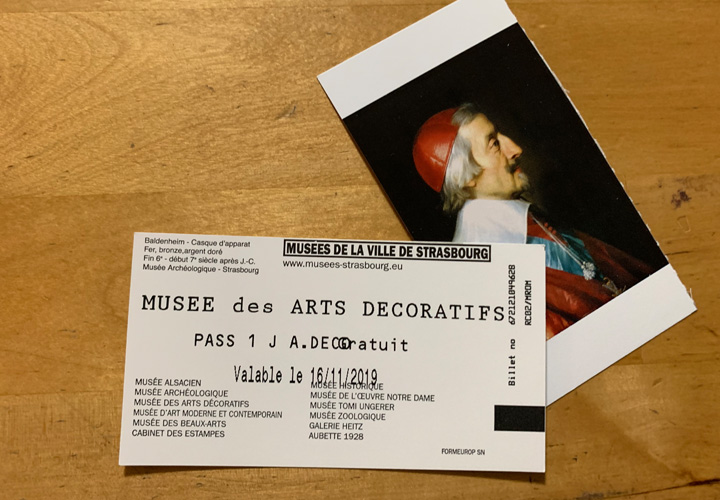
Normal price : 7.5€
Reduced price : 3.5 € (e.g. students up to the age of 25, people aged 60 and over)
If you want to see more than one museum, a day ticket is less expensive.
1 day-pass
Normal price : 16 €
Reduced price : 8 €
3 day-pass
Normal price : 20 €
Reduced price : 12 €
The time required
There is a lot to see, but it is not very big, so you can manage to get around in about 30-40 minutes.
If you want to see a bit more slowly, about an hour should be enough.
History
It was founded in 1890 and moved to Rohan Palace in 1898.
The exhibition focuses on ceramics, goldsmith’s work, and tapestries.
Exterior
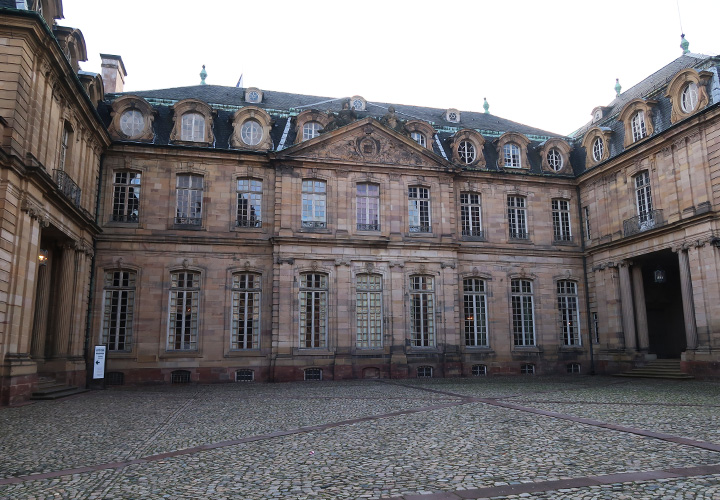
The exterior of the building is a Rohan Palace and is a sight to behold.
The entrance is at the far end of the main entrance, on the left.
The location is a little confusing.
Note that the Museum of Decorative Arts, the Strasbourg Museum, and the Archaeological Museum have the same entrance.
Entrance
The entrance to the Museum of Decorative Arts is behind a door by the stairs.
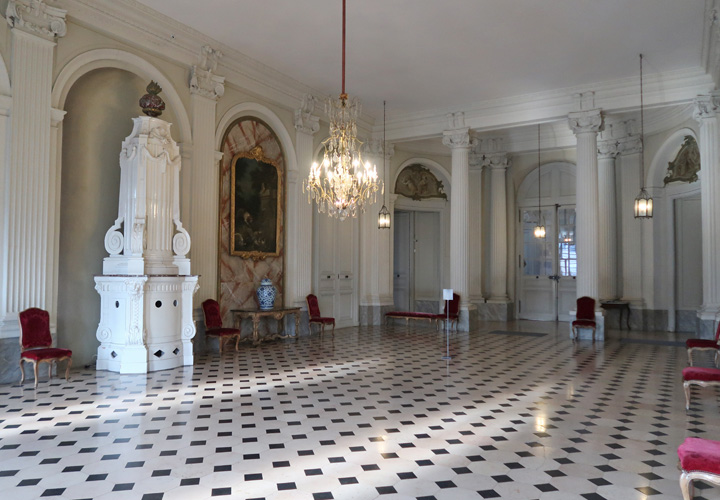
Salle du Synode
The door at the back is the entrance and exit.
Les appartements du palais Rohan
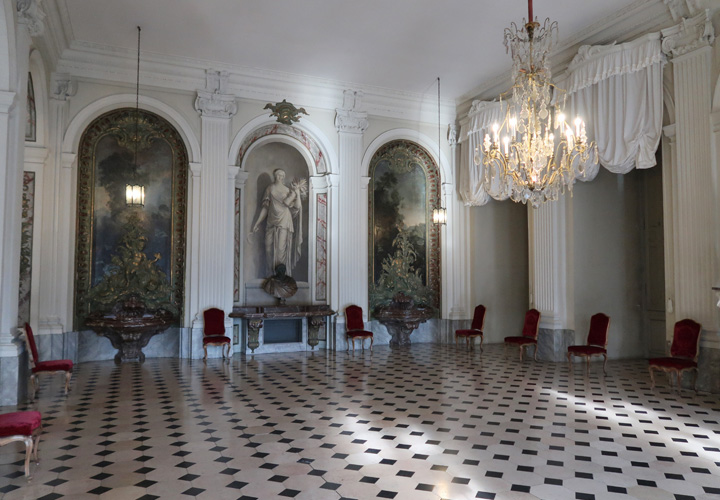
Salle du Synode
The area was used as an entrance and dining area.
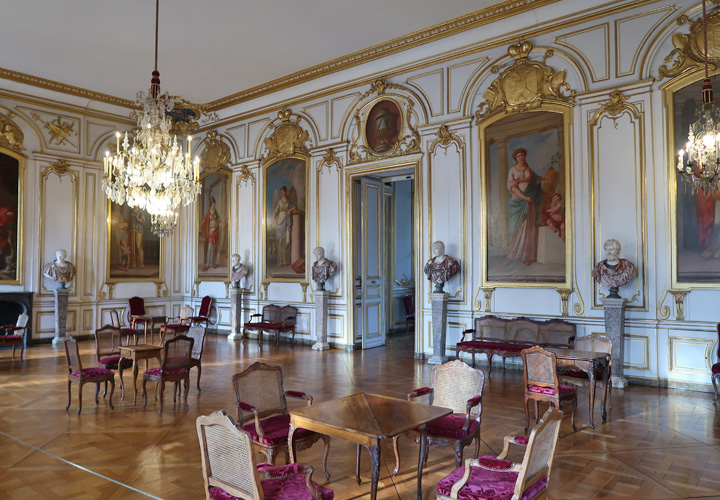
Salon des évêques
It is called the Bishop’s Lounge.
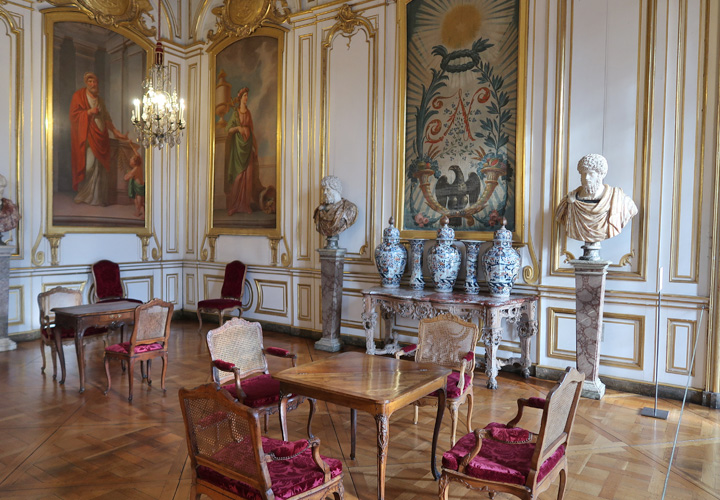
Salon des évêques
The walls were originally decorated with bishops’ paintings.
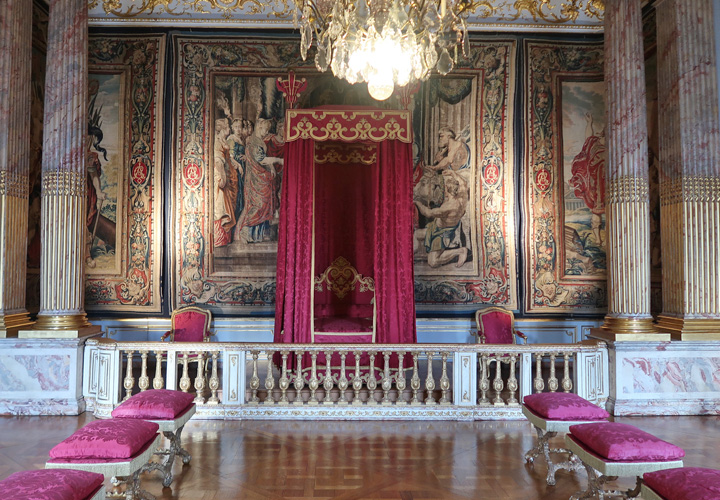
Chambre du roi
It is called the King’s bedroom.
Windows overlook the River ill.
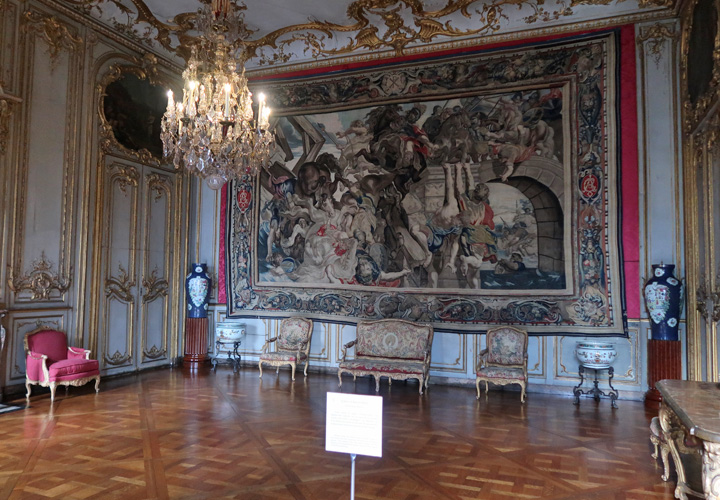
Salon d’Assemblée
The tapestry is impressive.
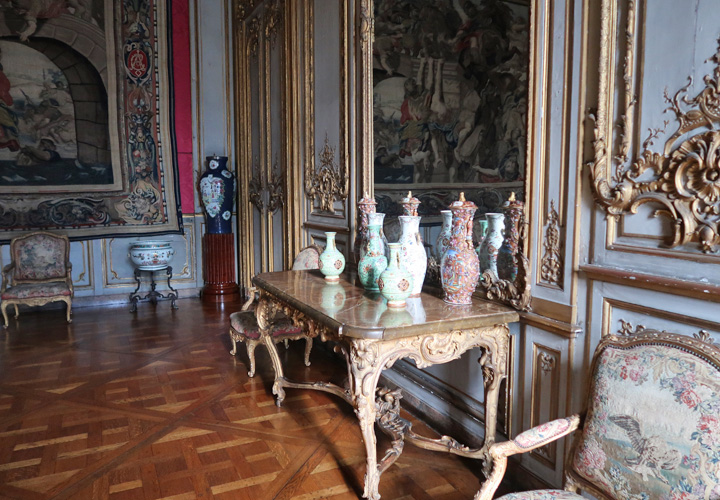
Salon d’Assemblée
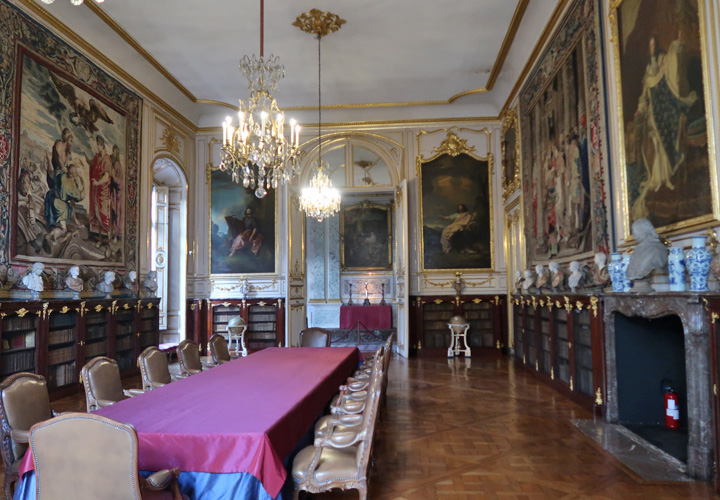
Bibliothèque
Library.
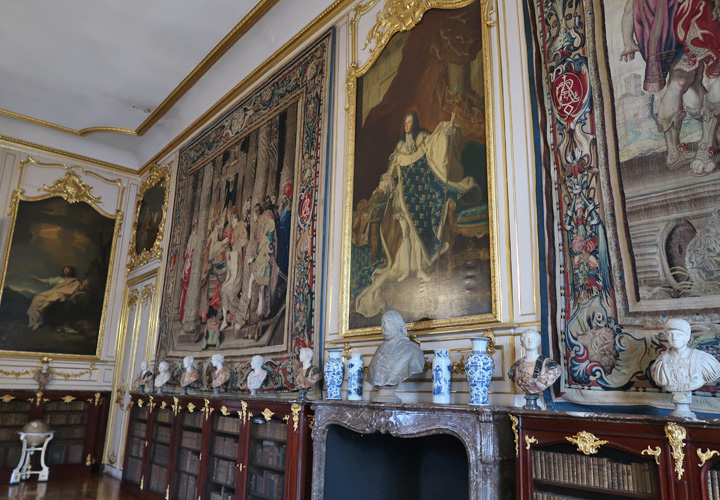
Bibliothèque
Buste du cardinal de Rohan(central)
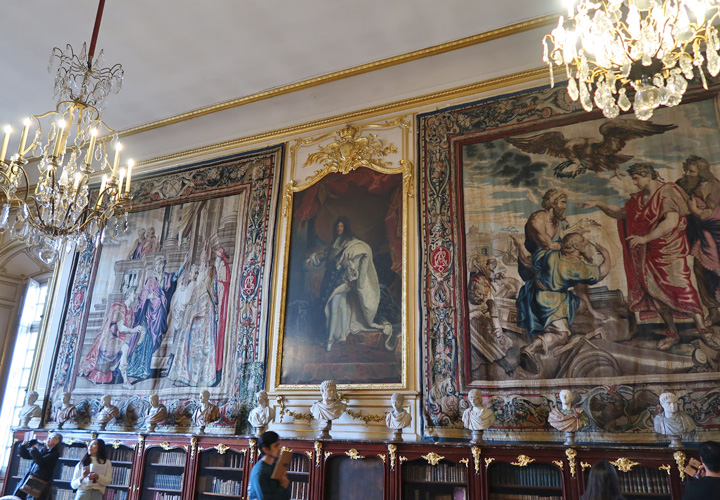
Bibliothèque
Mahogany bookcase.
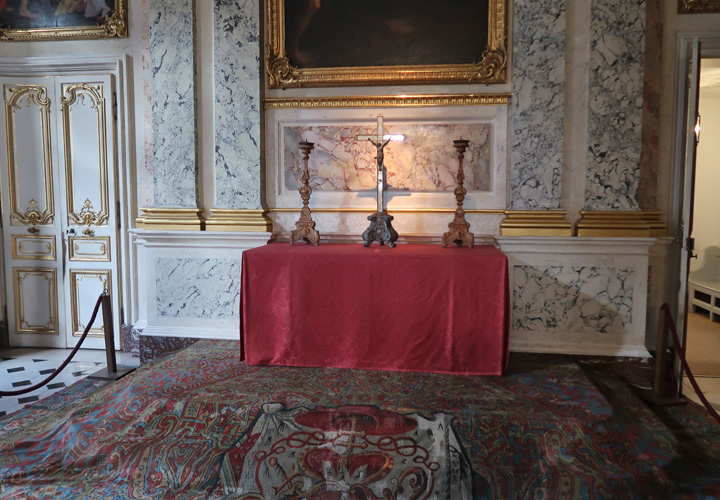
Autel de la chapelle
The chapel.
The carpet dates from 1743.
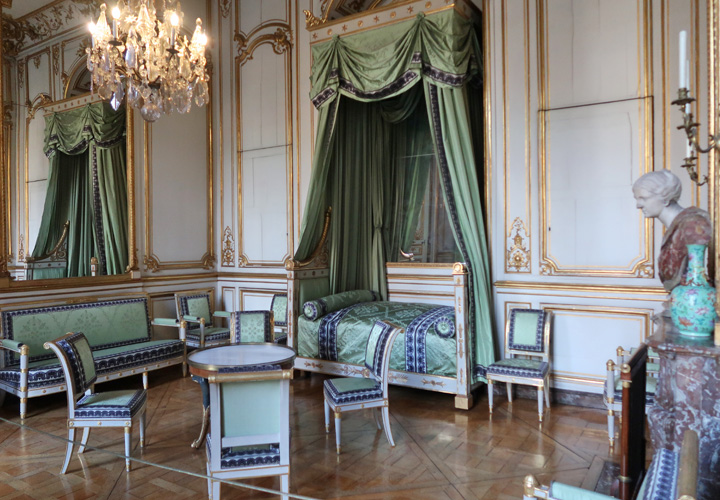
Chambre de Napoléon Ier
Bedroom of Napoleon I.
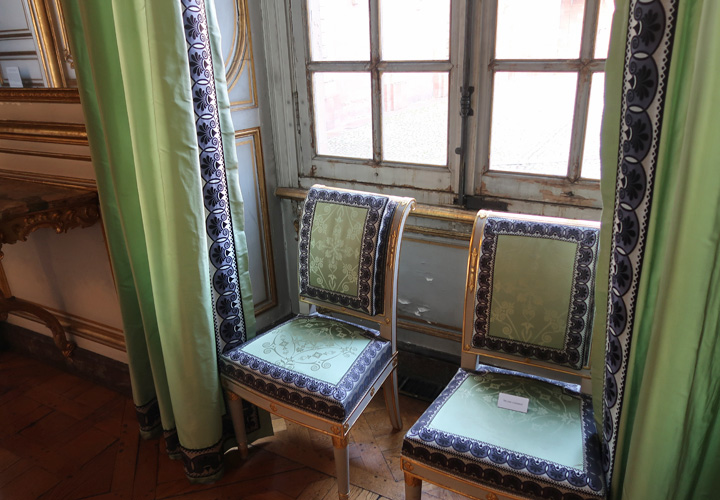
Chambre de Napoléon Ier
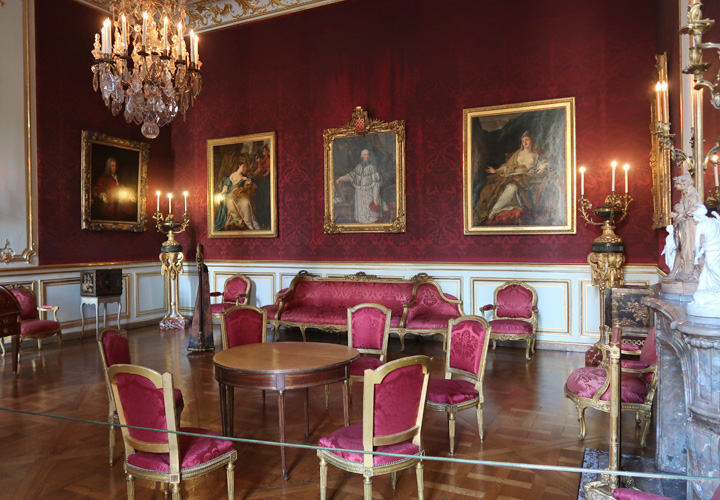
Chambre de Napoléon Ier
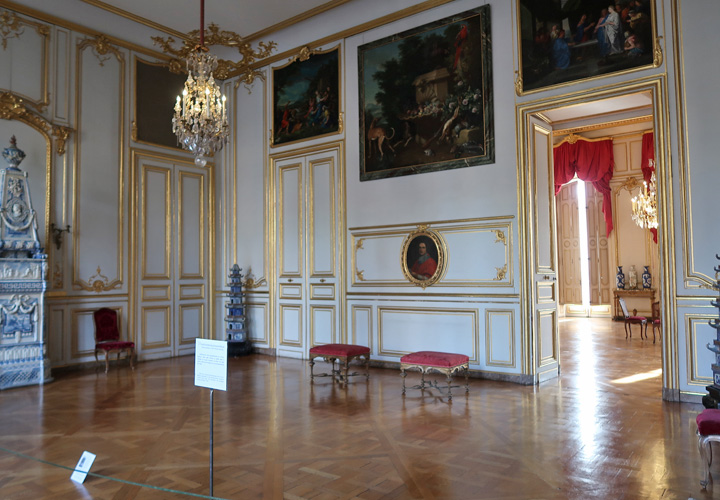
Chambre à coucher des princes-évêques
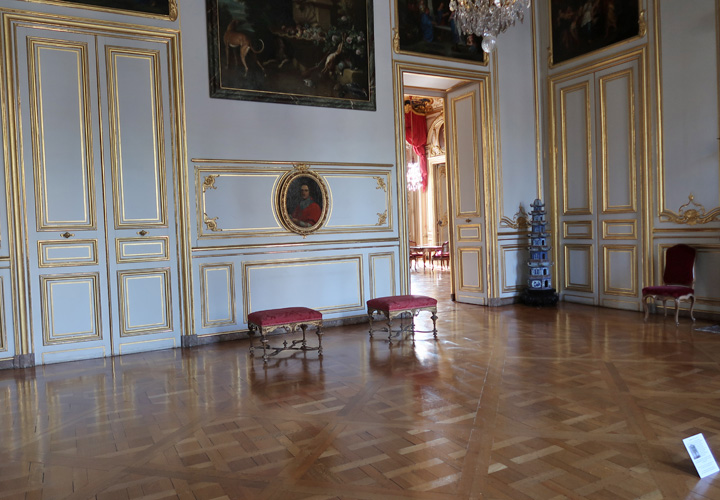
Chambre à coucher des princes-évêques
Faïence de Strasbourg
The porcelain manufacturer was run by three generations of the Hannong family.
The first generation, Charles-François Hannong, moves from the Netherlands to Strasbourg.
Successful production of stoves.
His eldest son Paul Hannong produces multi-colored pieces.
The company went bankrupt in 1780.
The museum has a large number of ceramics on display.
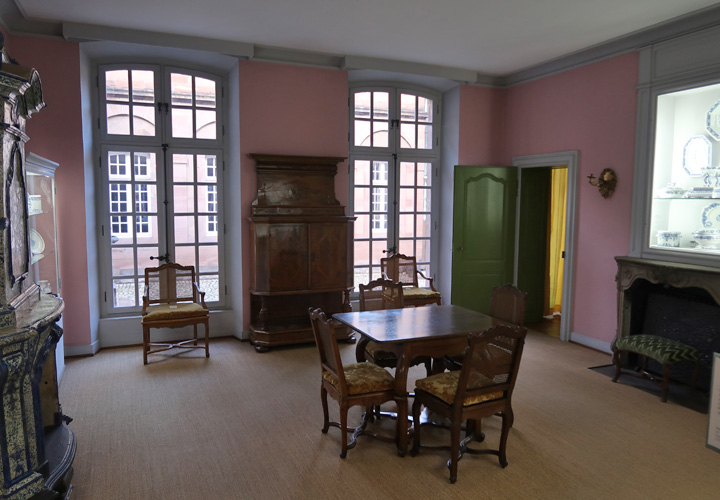
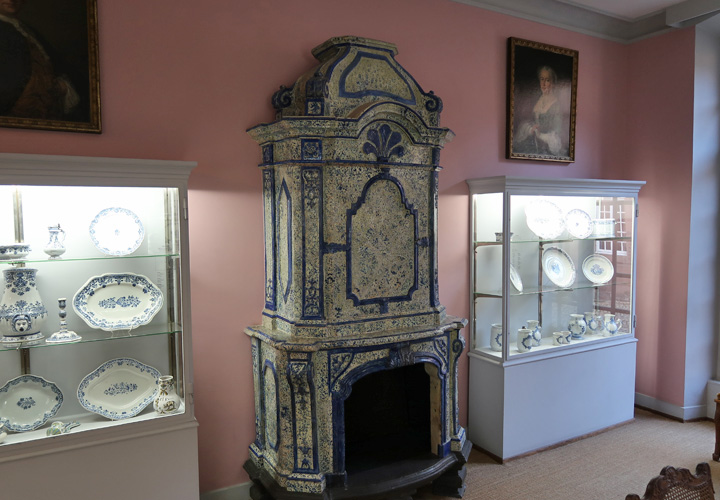
Poêle-cheminée à deux corps superposés, en faïence et en fonte
(Stoves made of ceramic and cast iron)
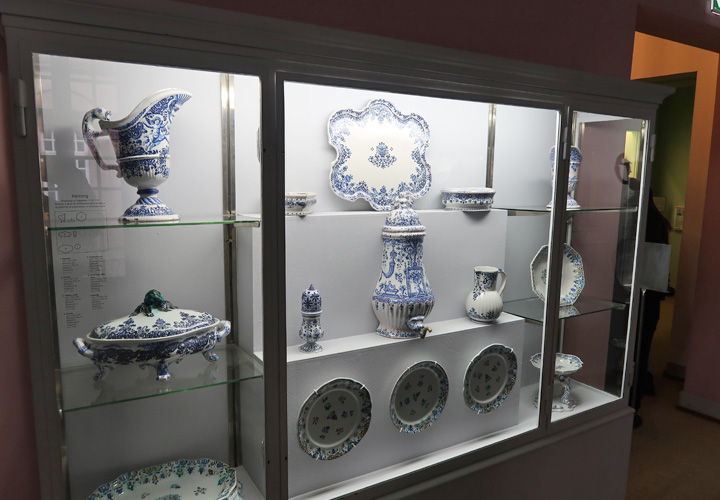
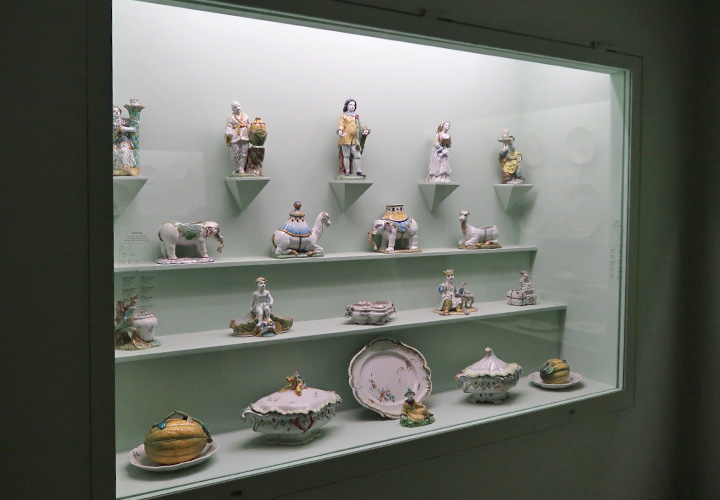
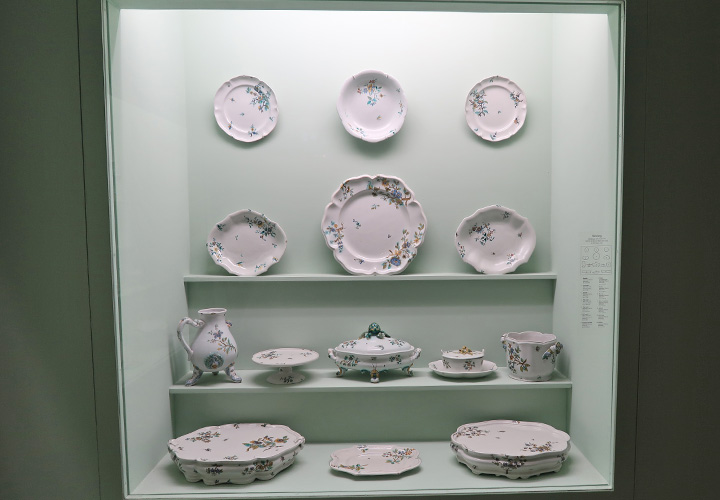
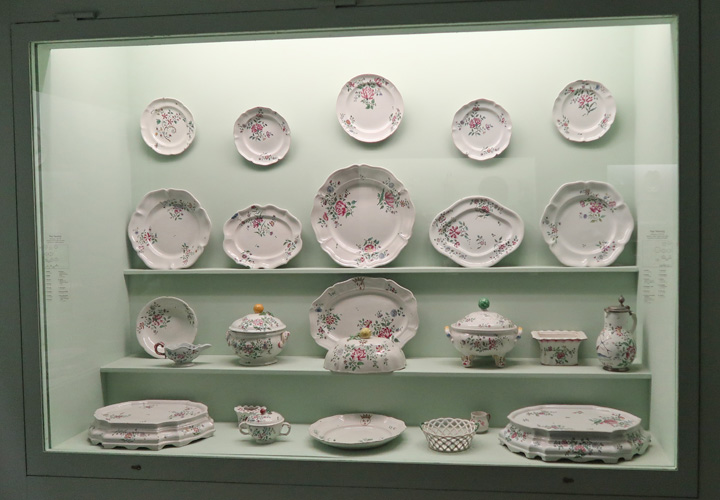
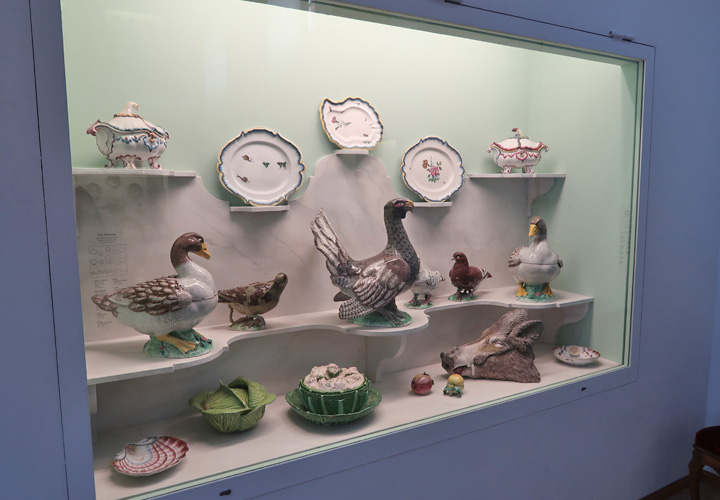
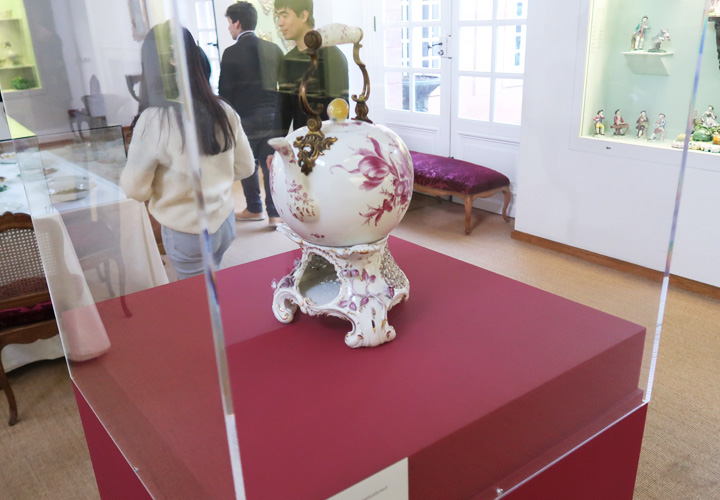
Porcelaine et bronze Manufacture de Fürstenberg, 1893
(Pot made of porcelain and bronze).
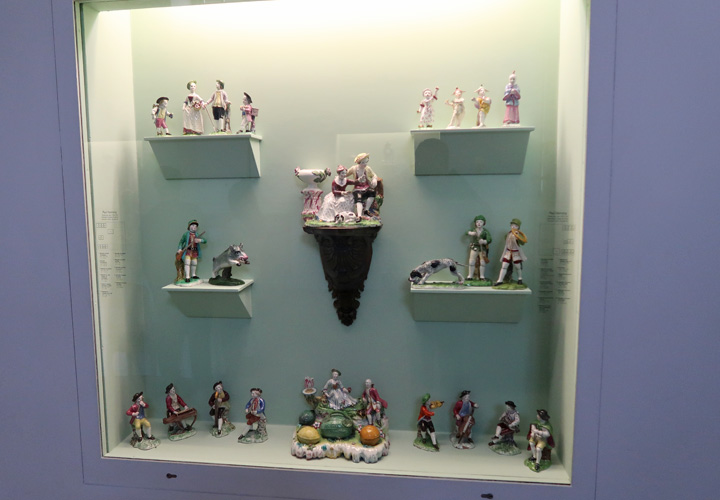
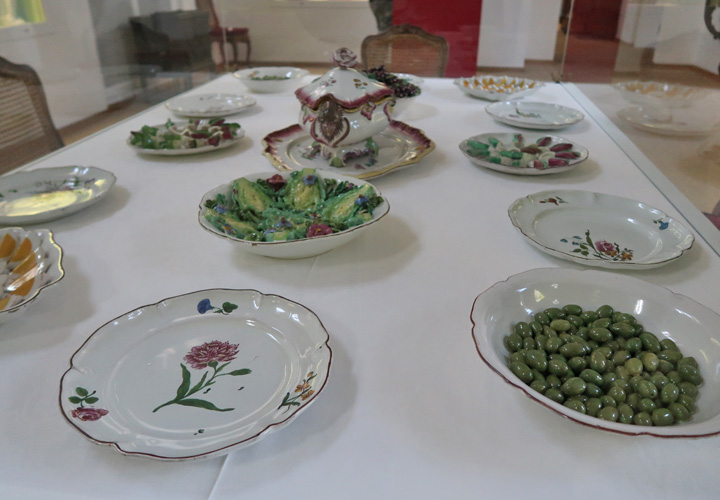
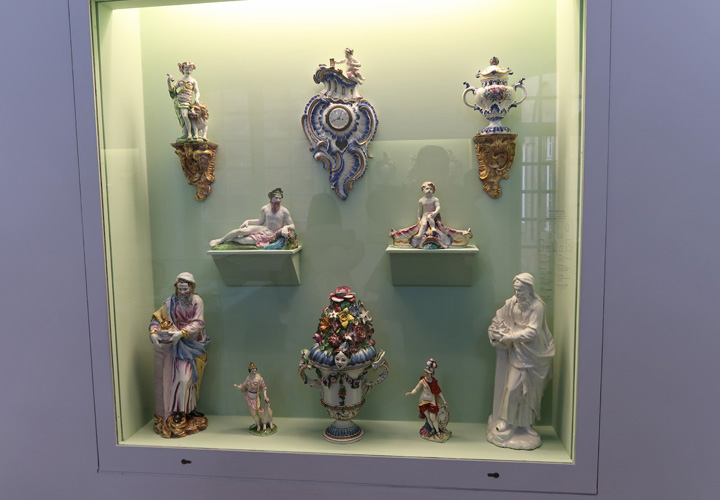
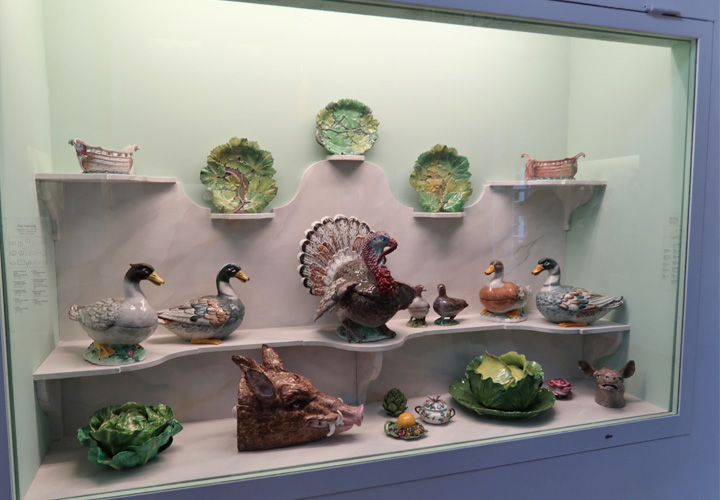
TERRINE EN FORME DE HURE DE SANGLIER(wild boar)
TERRINE EN FORME DE DINDON(peafowl)
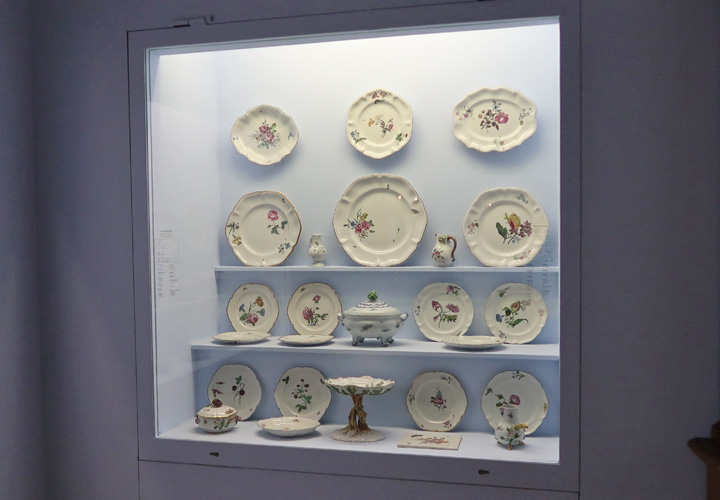
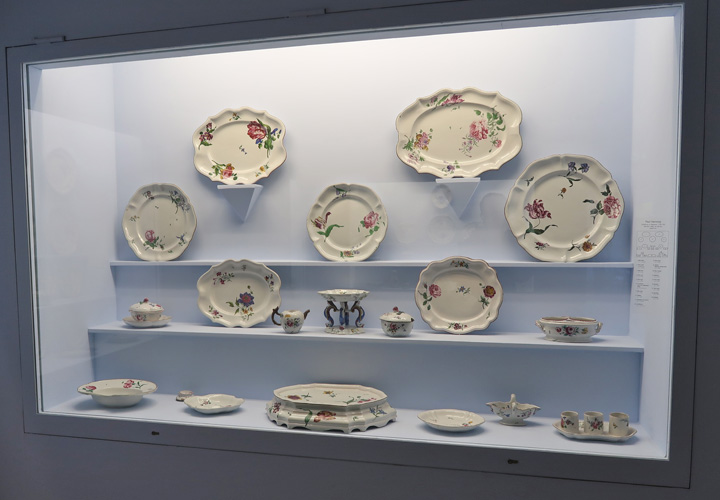
L’HORLOGERIE
Works from the 14th to 18th centuries are on display.
The first and second astronomical clocks of Strasbourg Cathedral are on display as they were.
It is interesting to compare the astronomical clock with the one currently in the cathedral.
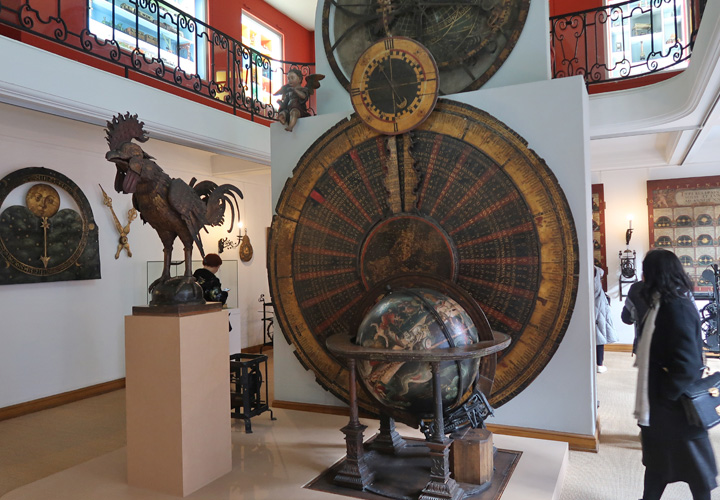
COQ AUTOMATE(Rooster) Left side.
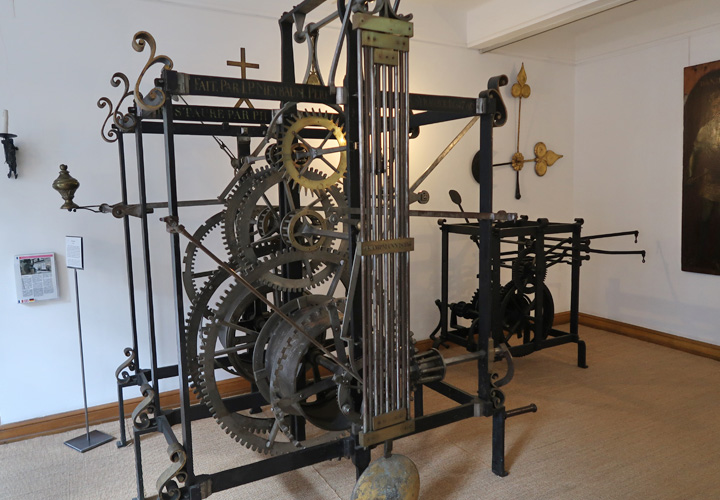
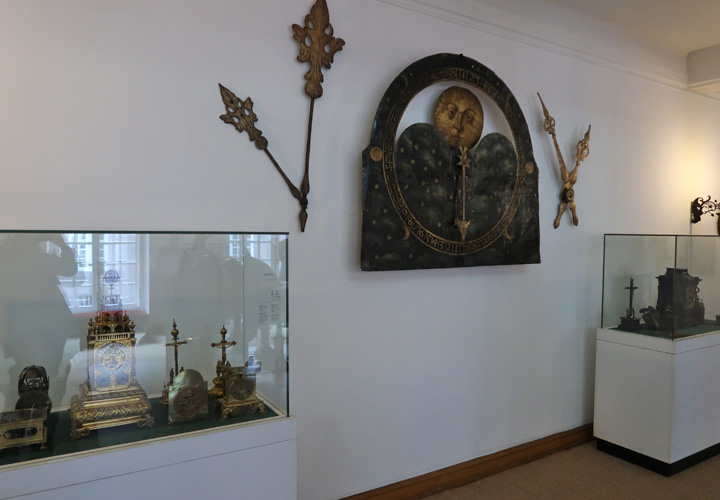
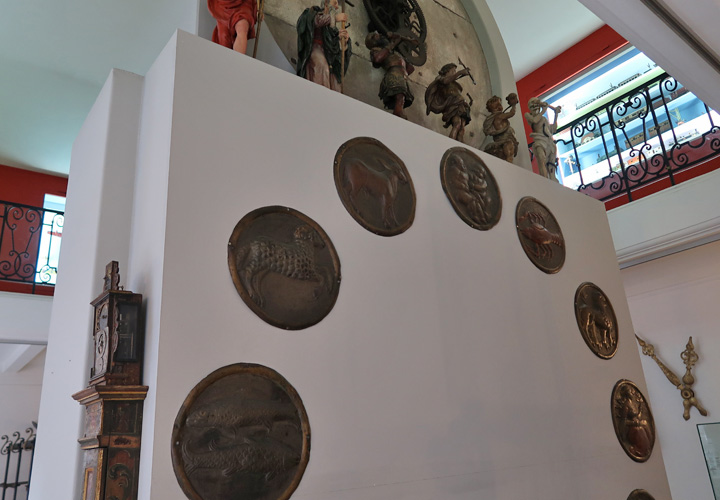
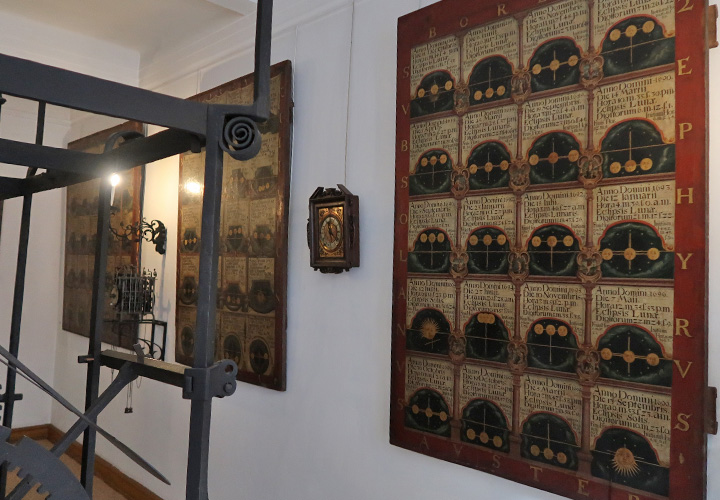
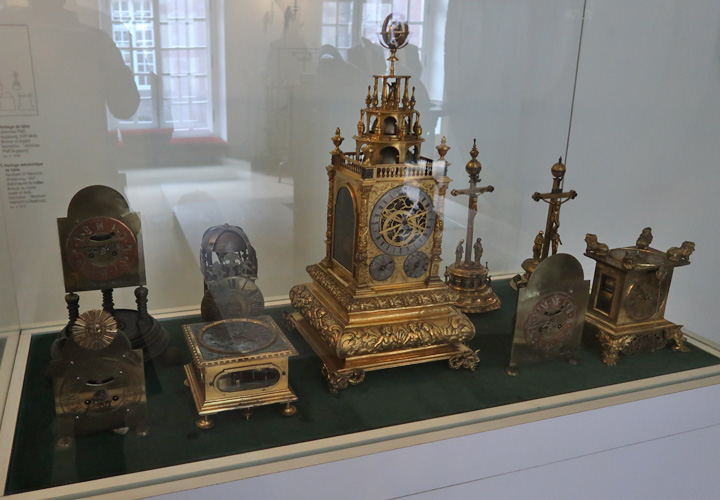
ORFÈVRERIE STRASBOURGEOISE
The exhibition focuses on Strasbourg goldsmithing.
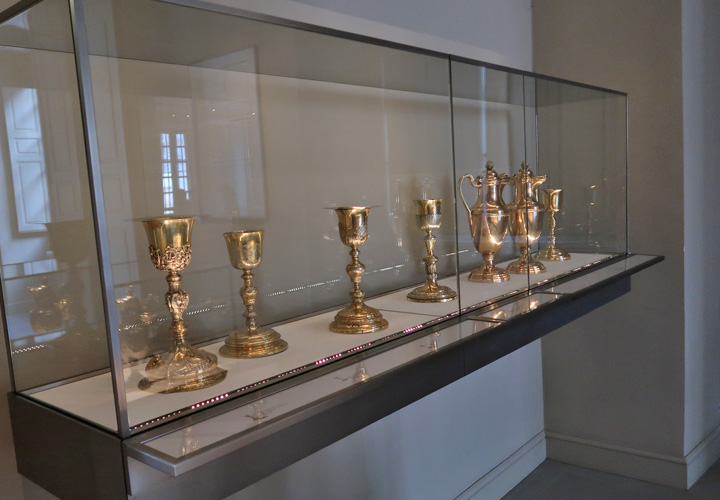
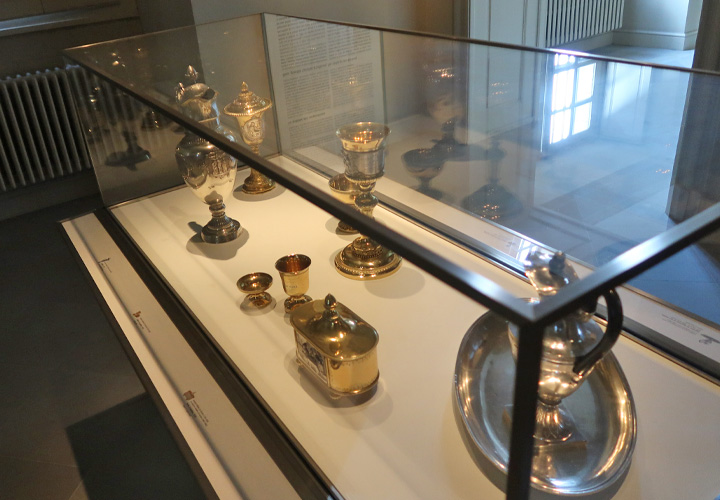
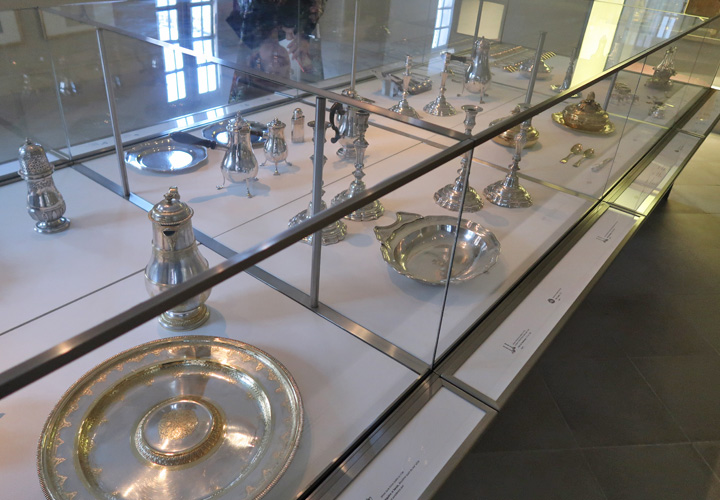
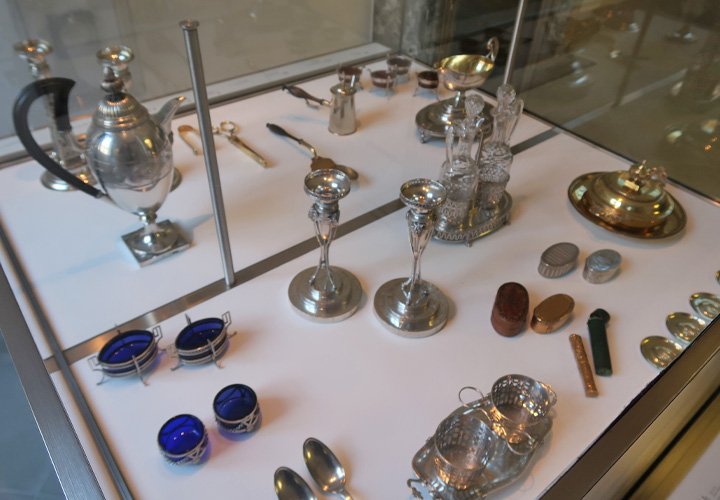
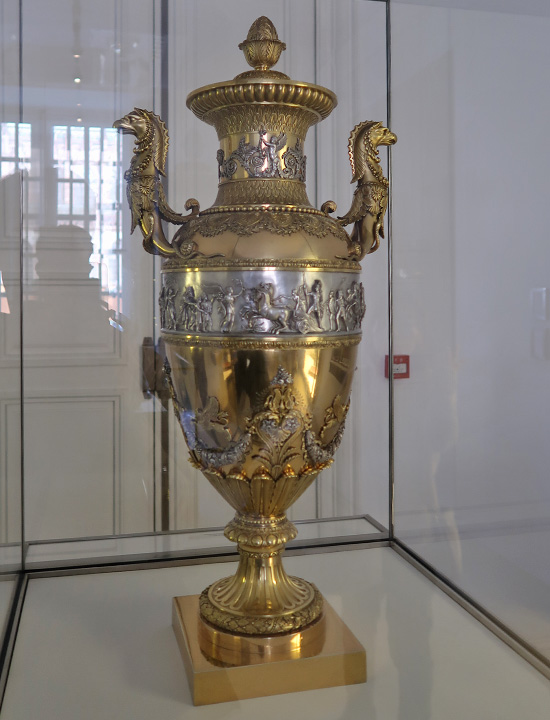
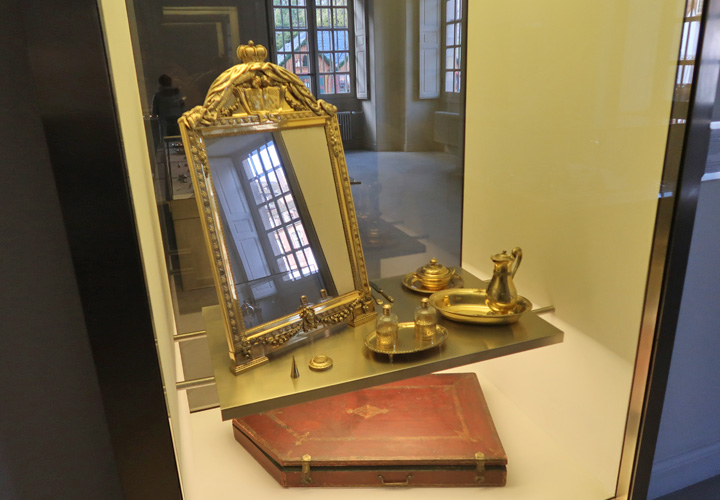
MIROIR DE TOILETTE
Summary
The luxurious European-style rooms are still to be admired.
Each room looks different and you will never get bored of looking at it.
There is an impressive amount of ceramics and porcelain, which can also be enjoyed to the full, as it has a character not found in other museums.
Furthermore, as far as the Astronomical Clock is concerned, you will enjoy it more if you have seen the Astronomical Clock in Strasbourg Cathedral.
Thank you again for reading to the end of this issue.
A day trip from Paris to Strasbourg is detailed here.

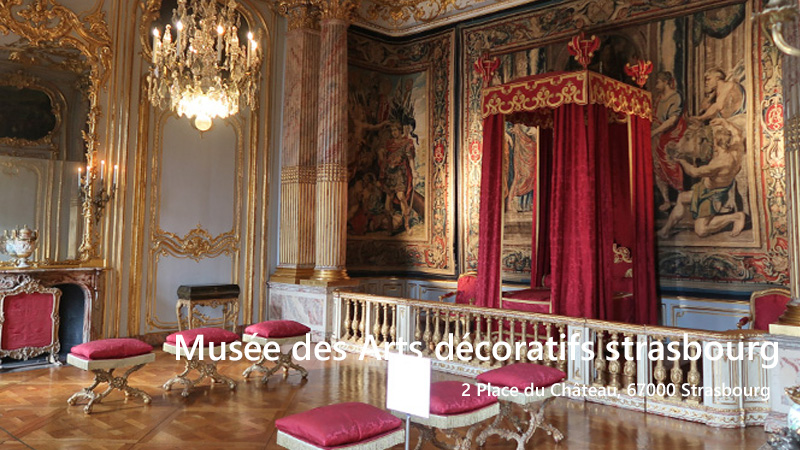
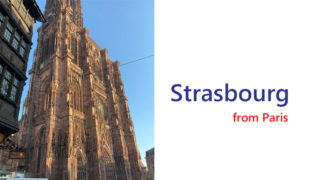


コメント